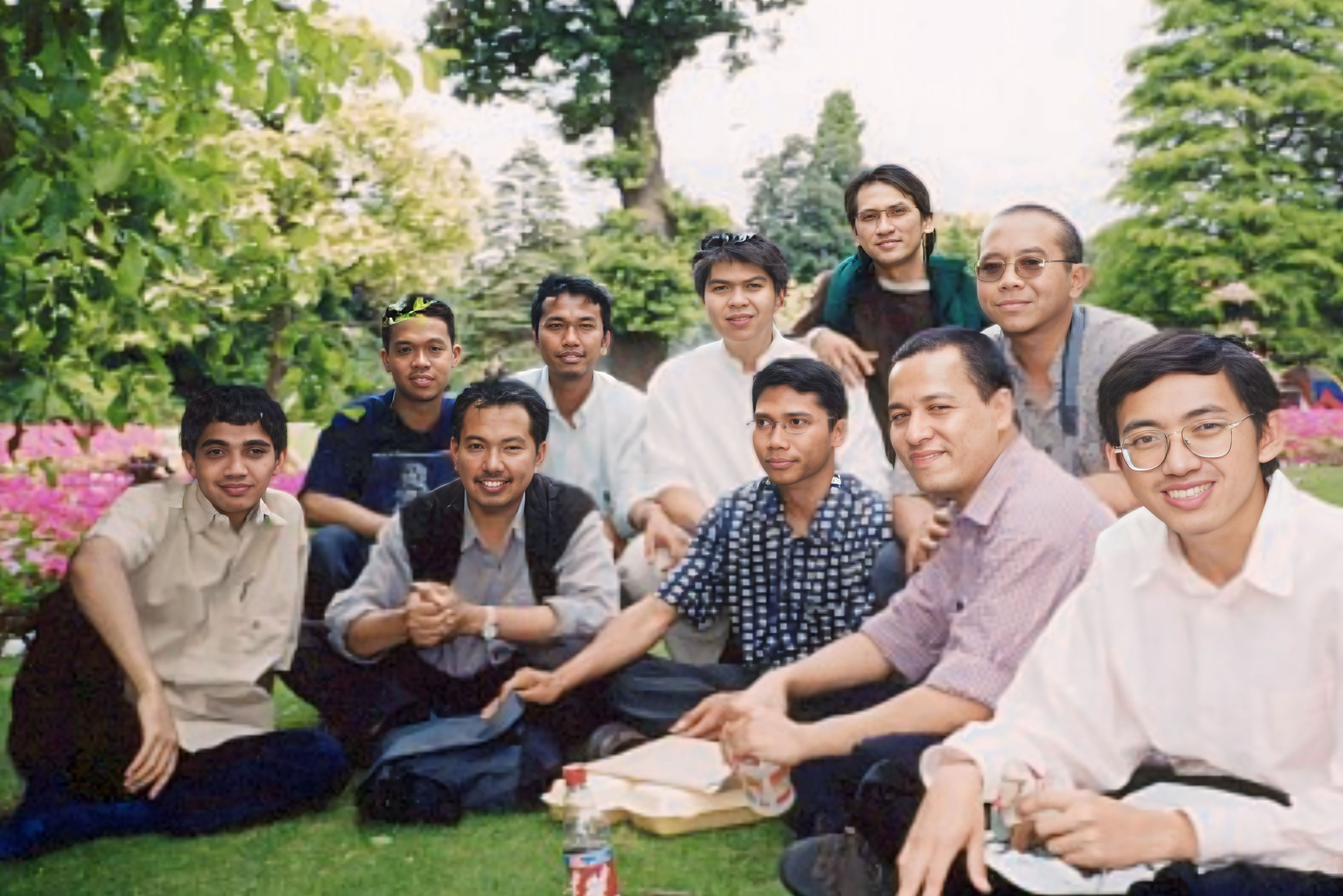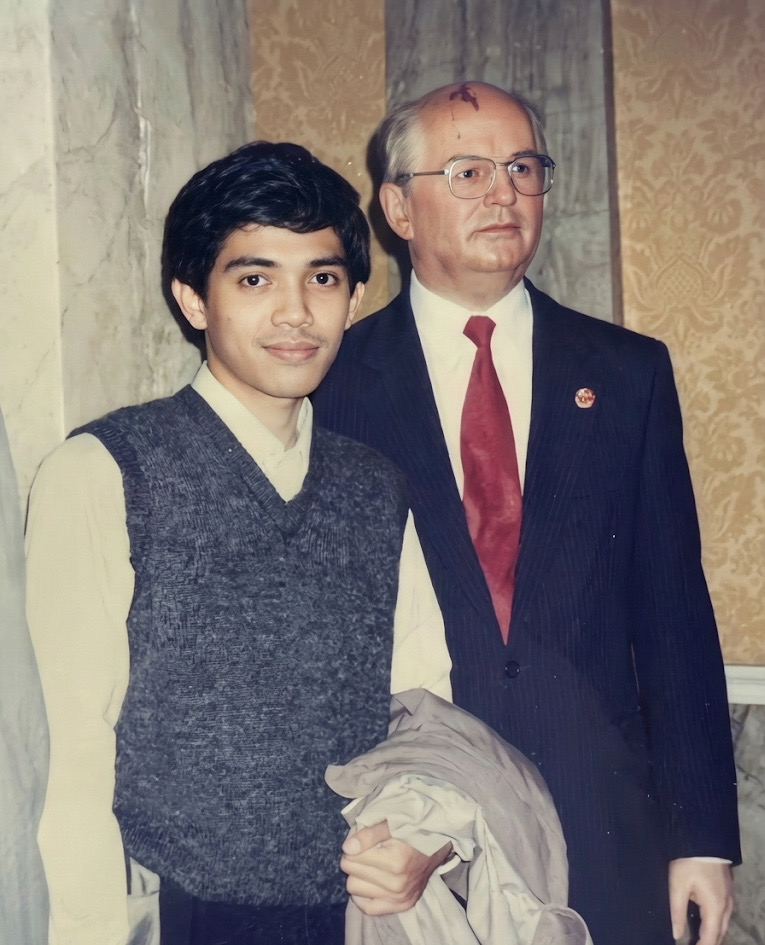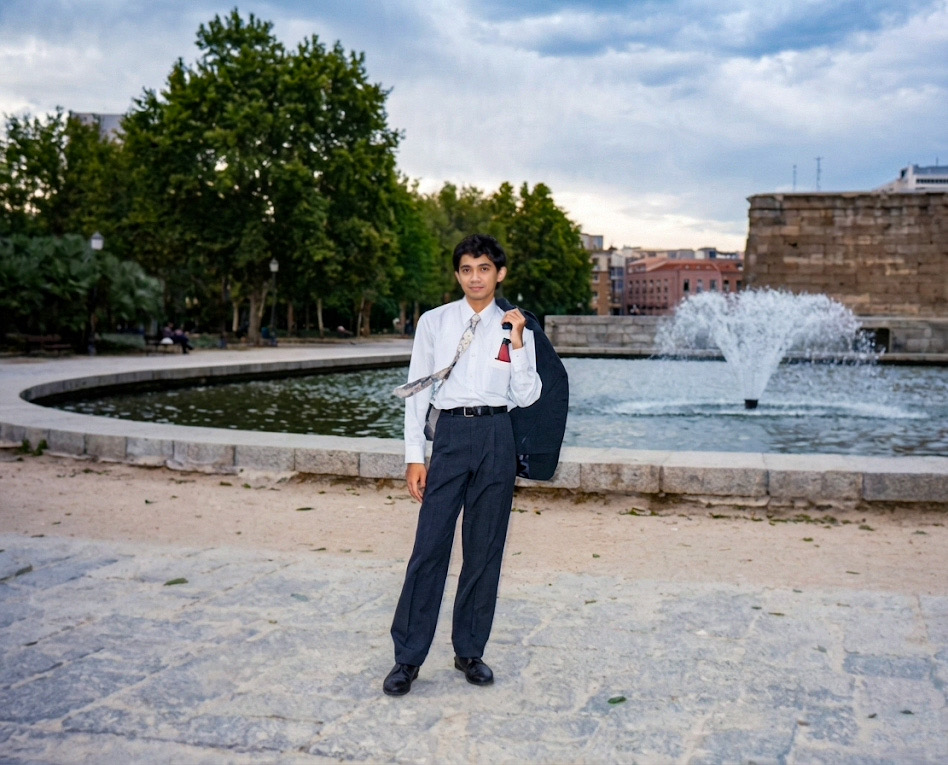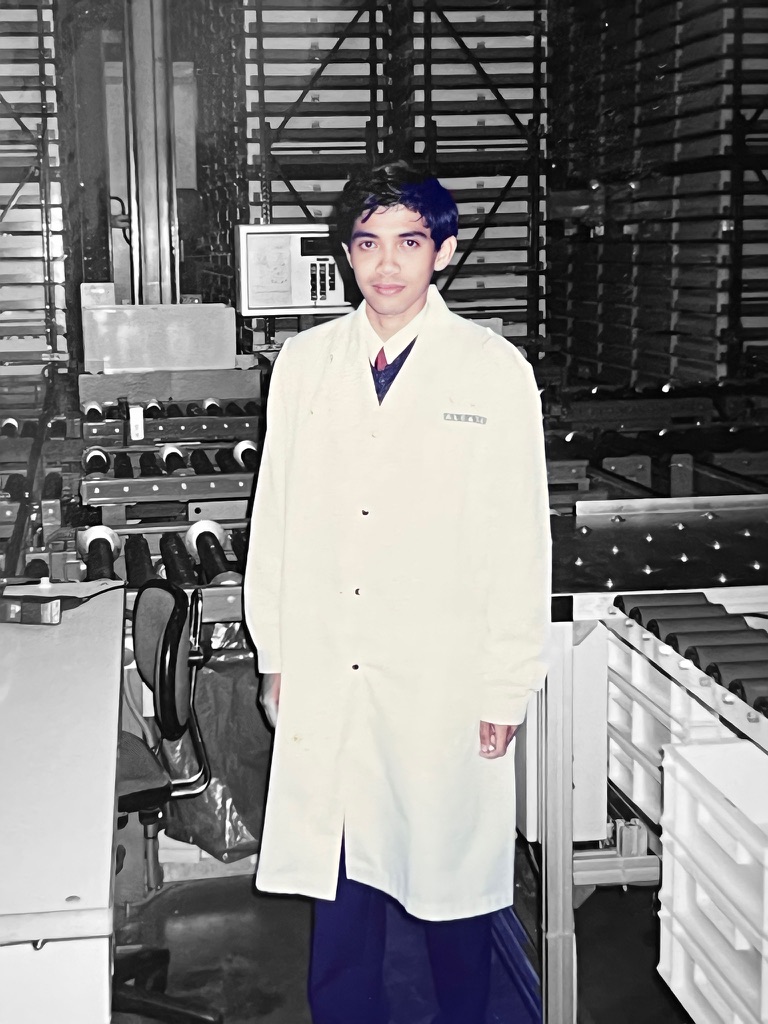
KIBAR Gathering at Birmingham Park

KIBAR Gathering at Birmingham Park
I chose to spend this short weekend in London before returning home because it feels like a rare chance, something I may not get again for a long time. Many of Telkom’s engineers these days are sent for training in Germany with Siemens or in the US with AT&T and Lucent, so flying across the Channel to London feels almost like stealing a moment that might never come around twice.

I decided to make the most of the one full day I had, so I headed straight to Madame Tussaud’s and bought the bundled ticket. Then I just hopped onto the sightseeing bus included in the package, the kind with the open top that lets you feel every gust of London air. The route took me through the heart of the city, past Regent Street and Trafalgar Square, and eventually to the spot that truly anchored the day: the Houses of Parliament, glowing softly in the late-afternoon light as the Thames drifted by. I walked along the river for a while, letting the gothic towers fill my field of vision, then drifted back into the city as evening settled in. It has been a long day, but a good one.

Postscript: Of course, history proved me spectacularly wrong: the UK and Japan ended up becoming the two countries I have visited most often in my life, while Germany, i.e. ironically the “common” destination I assumed I would eventually reach, barely held me for a few days in total. Looking back, that earnest miscalculation makes the memory even sweeter.

The Templo de Debod became one of the unexpected highlights of my days in Madrid. After finishing my Alcatel training sessions, I would walk up to the terrace beside Parque del Oeste, just northwest of Plaza de España, where the air opened out and the city unfolded beneath the soft evening light. It was the perfect place to watch the sunset. Madrid turns strangely serene at that hour, the stones glowing as if warming themselves for the night. The temple itself still feels improbable: a genuine ancient Egyptian sanctuary from the 2nd century BCE, once standing near Aswan, dedicated to Amun and Isis. It was not seized or spirited away in some colonial episode; Egypt gifted it to Spain in 1968 in thanks for Spain’s help in safeguarding Nubian monuments threatened by the Aswan High Dam. The structure was dismantled, shipped block by block, and resurrected here on this high ground. Standing there in the fading light, it always felt like a fragment of another world that had found a strangely graceful second home in Madrid.

My visit to Alcatel’s FITL facility in Toledo was a memorable glimpse into how the future of access networks was being built in. The plant combined the feel of a precision electronics workshop with the rhythm of a modern factory, and what struck me immediately was the quiet choreography of automation: small autonomous robots gliding along marked floor tracks, ferrying modules and subassemblies between workstations with an efficiency that felt decades ahead of its time. Inside the lab, engineers walked me through the practical side of fibre-based access systems—how the modules were designed, assembled, calibrated, and prepared for deployment in Europe’s early fibre-in-the-loop rollouts—without overwhelming the discussion with theory. Rows of optical units, circuit boards, and weatherproof housings filled the workspaces, each representing another piece of the transition from copper to fibre that telecom operators were only beginning to explore seriously. It was a single day’s visit, but it left me with the sense that I had stepped into a workshop where the next era of access networks was quietly taking shape, one module at a time.
More info: https://kun.co.ro/2005/09/04/toledo/
You must be logged in to post a comment.